Download this set of 24 task cards to help your students practise estimating decimal sums and differences with benchmark numbers.
What Is Estimation?
Do your students have a good grasp of the maths vocabulary term ‘estimation?’ Although they may have encountered it before when guessing the number of gumballs in a jar, estimation takes on a new meaning as students progress to the intermediate grades. To help clarify, let’s explore what estimation entails and the various methods of estimating.
Making estimations in math is a clever and efficient method to make educated guesses about numbers or quantities. Estimation is particularly useful when we don’t require an exact answer, but rather one that is close to the actual amount (and can be easily done mentally!). There are several approaches to teaching estimation, so let’s explore them further.
- Rounding – This is when you change a number to the nearest ten, hundred or other place value to make it easier to work with. For example, rounding 8.7 to the nearest whole number would be 9.
- Front-End Estimation– In this type of estimation, you only use the digits at the front of the numbers. For addition and subtraction, you add or subtract the front digits and then add zeros to the end. For example, to estimate 347 + 122, you would add 300 + 100, which is 400.
- Compatible Numbers – This is when you use numbers that are easy to work with mentally. For example, if you’re estimating 147 + 219, you might use 150 + 220 for easier calculation.
- Benchmarks – Benchmark decimals are specific decimals that are easy to remember and used as reference points when working with other decimals. These may include 0.25, 0.5, 0.75 and others.
Estimate Decimal Sums and Differences With Benchmark Numbers
If you need a printable resource to assist your students with estimation and calculation skills, look no further! Teach Starter has designed a collection of 24 task cards that you can use throughout your decimals unit.
We understand that teachers are looking for a helpful activity to engage their students in math. This teacher-created resource includes a coffee shop menu with drink prices that they will use to solve each of the problems. Students will use benchmarks (.25, 0.5, 0.75, 1) to solve each word problem and there’s even a recording sheet and answer key included. This versatile activity can be used in a maths center, as a bell ringer or as an exit slip.
How to Serve Up Your Estimating Sums and Differences Activity
If you are ready for your students to ‘brew’ up some answers to these estimation problems, simply click on the Download button to access the quick-print PDF document or the editable Google Slides file.
This resource was created by Liz Whitaker, a Teach Starter Collaborator.
More Estimation Resources
Don’t stop there! We’ve got more activities and resources that will help your students with their estimation skills:
[resource:4869734] [resource:4876196] [resource:4998217]
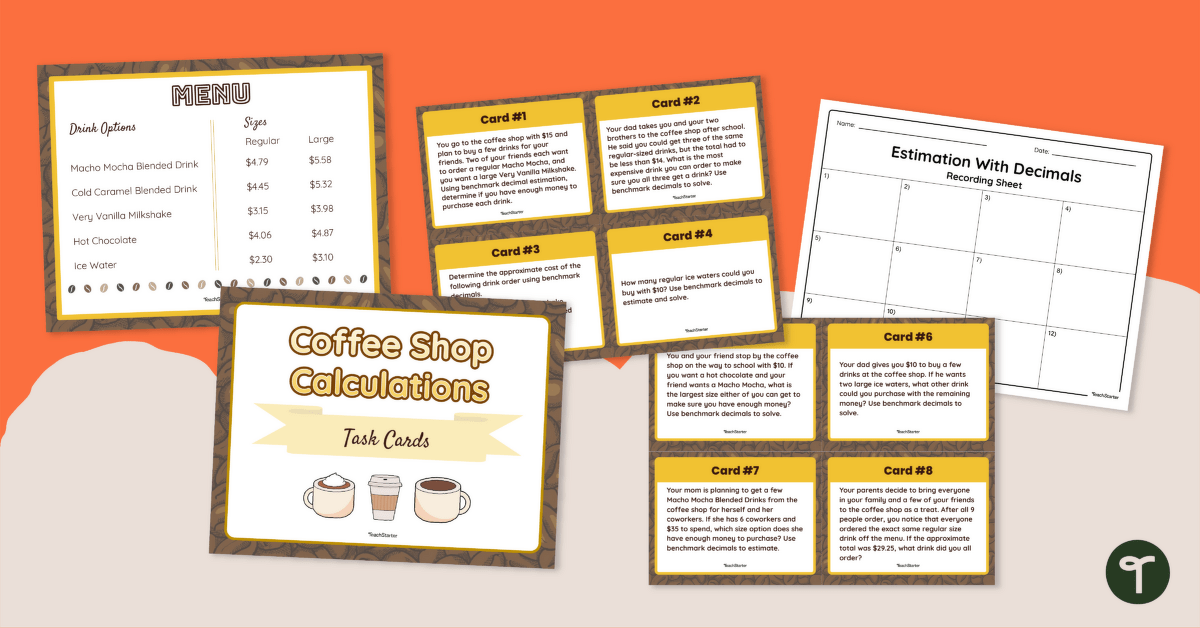

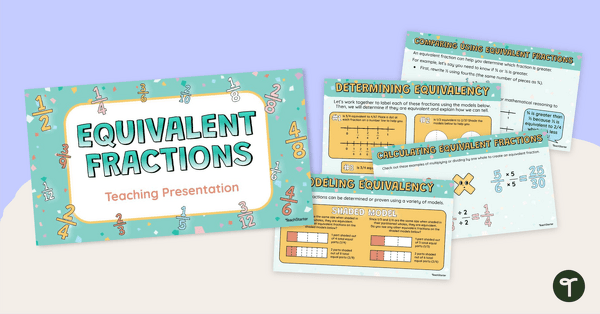
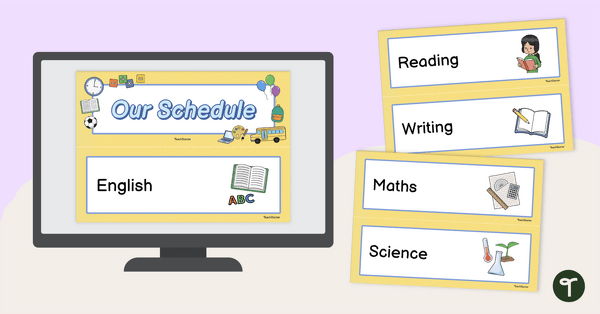
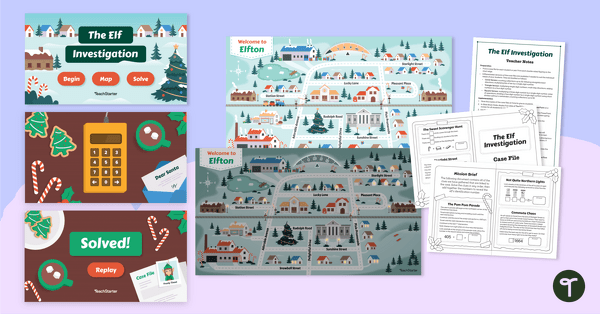

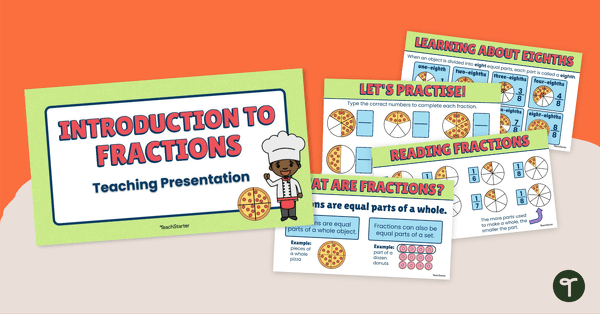
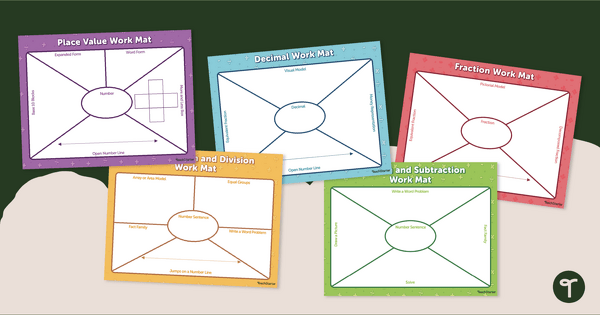
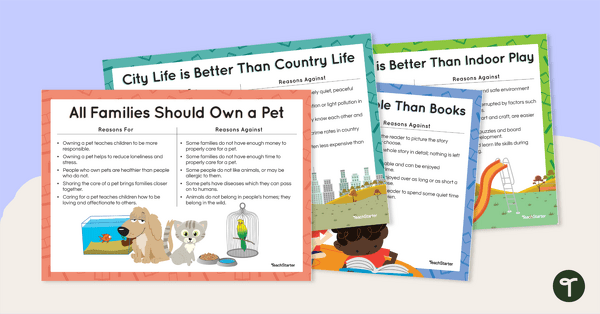
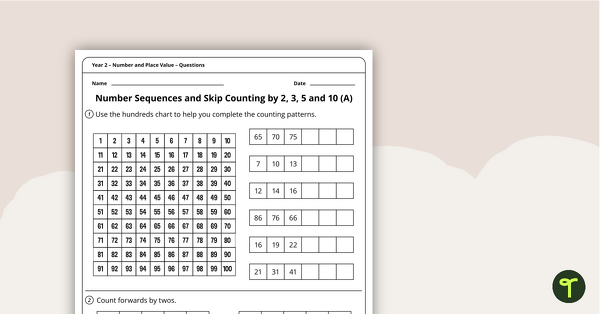
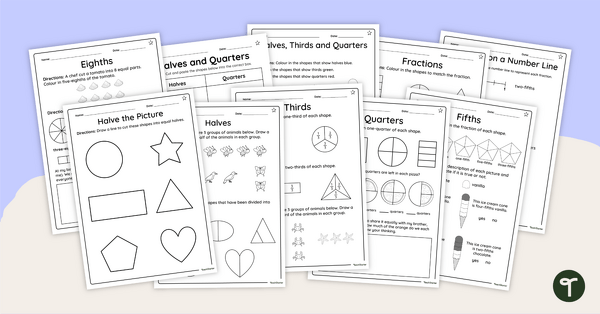
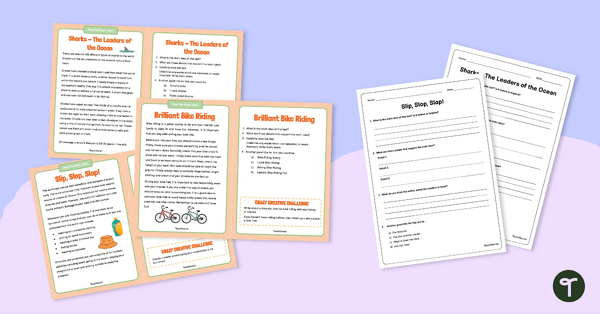
0 Comments
Write a review to help other teachers and parents like yourself. If you'd like to request a change to this resource, or report an error, select the corresponding tab above.